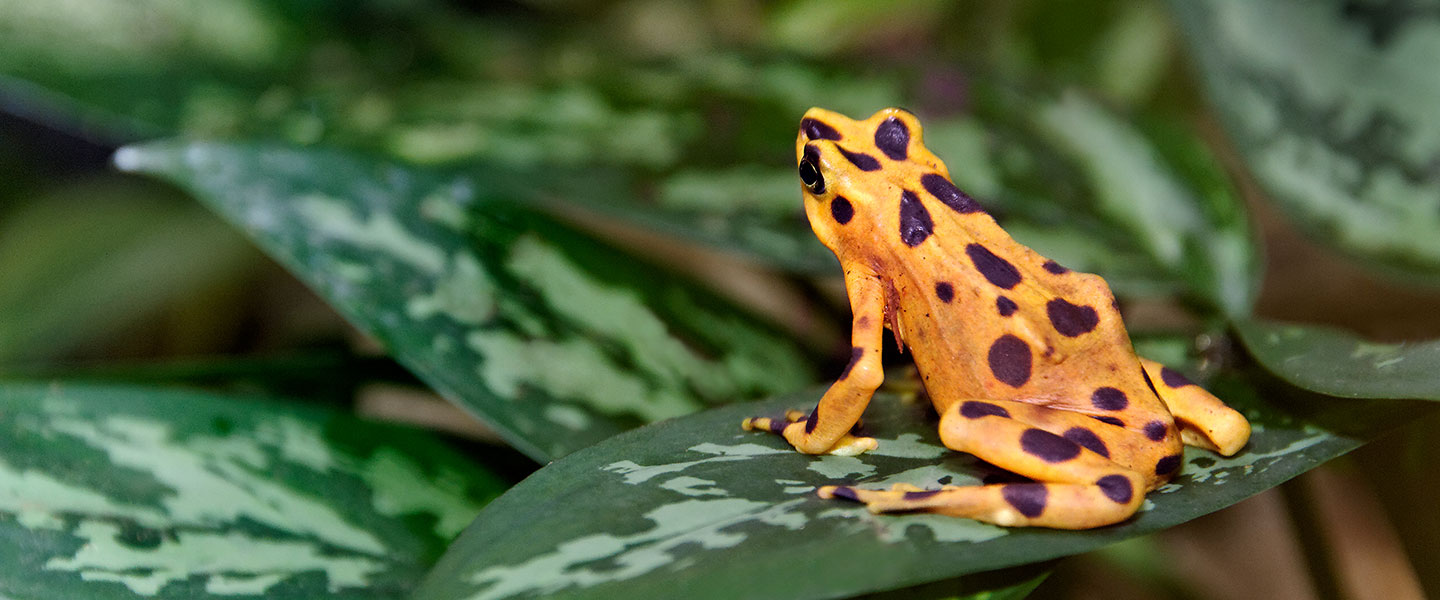
With the abundance of natural attractions, it may come as a surprise that most of the 2.3 million annual visitors to the country rarely venture outside Panama City. However, until recently, Panama had not actively developed or promoted tourism in its parks, protected areas, and more rural areas. Sustainable Travel...
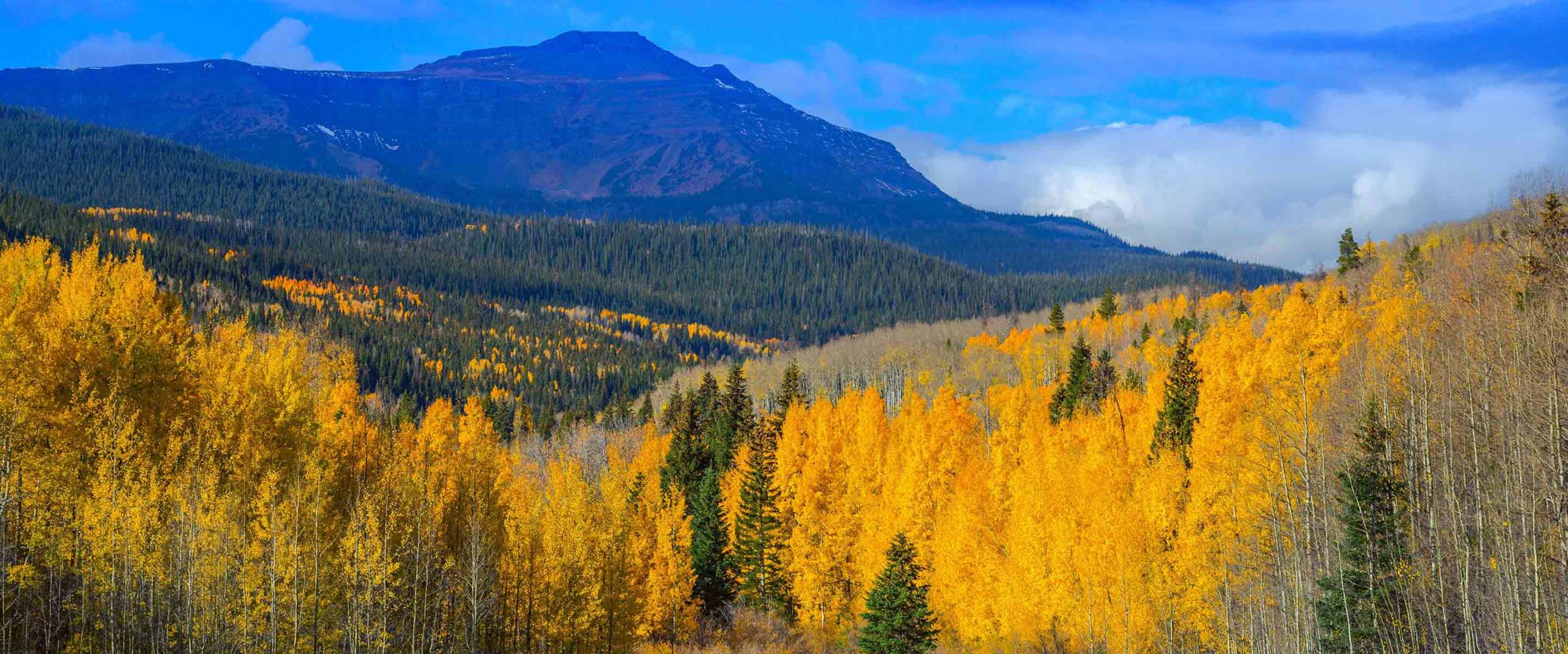
Offering picturesque natural landscapes, unique cultures, and countless recreation opportunities, mountain regions are popular tourism destinations. Particular care should be taken when developing tourism in mountain destinations, as their fragile environments and host communities can be especially prone to negative impacts. The Mountain IDEAL standard helps destinations balance tourism growth...
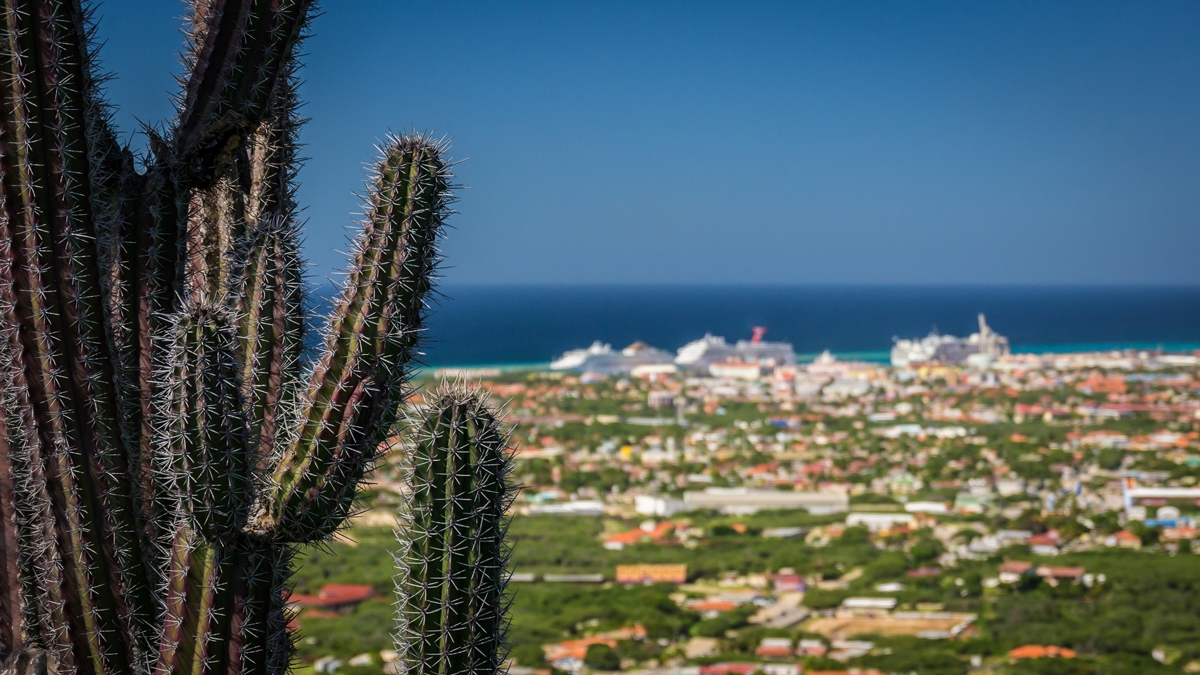
Our team visited Aruba to present the results of the rapid destination diagnostic and meet with local stakeholders to map out a more sustainable future for the tourism industry Header image by David Kirsch / flickr Located just north of Venezuela in the southern Caribbean, Aruba is a small island spanning only...
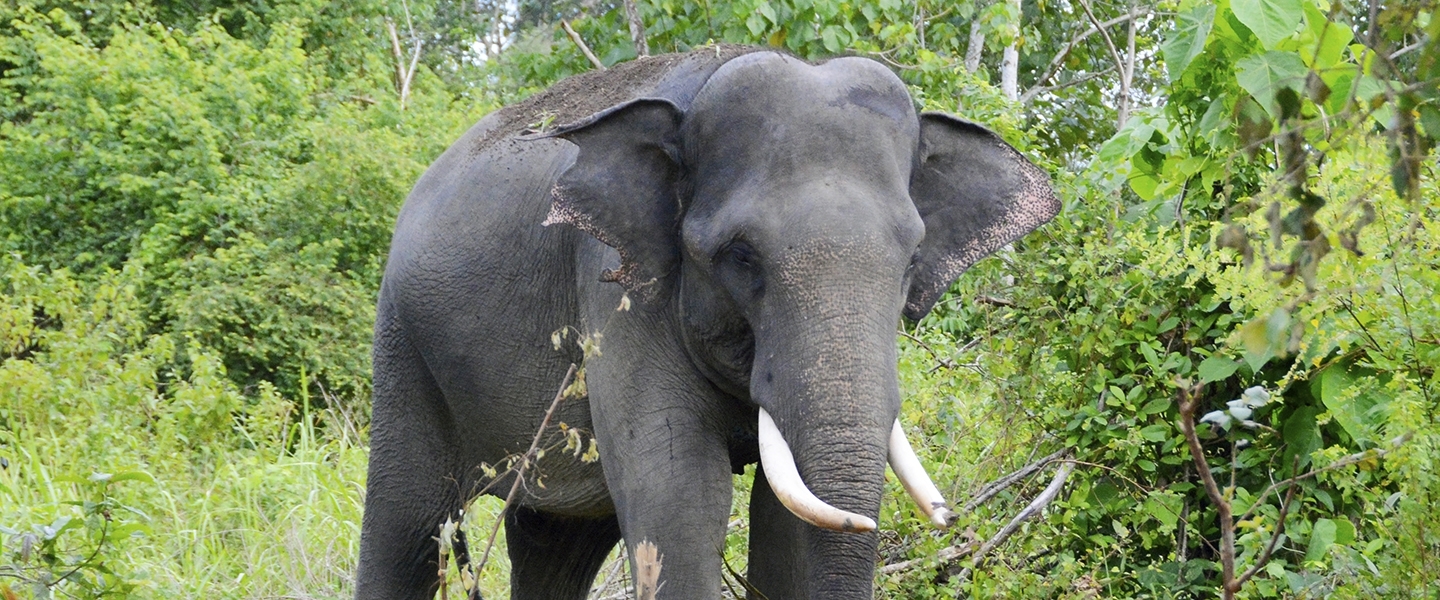
Increasing the perceived value of forest conservation through ecotourism development Made up of over 17,000 islands dotting the Pacific and Indian Oceans, Indonesia is a country with rich natural and cultural wonders. From dense rainforests and towering volcanoes, to picturesque mountain valleys and secluded stretches of beach, Indonesia possesses some...
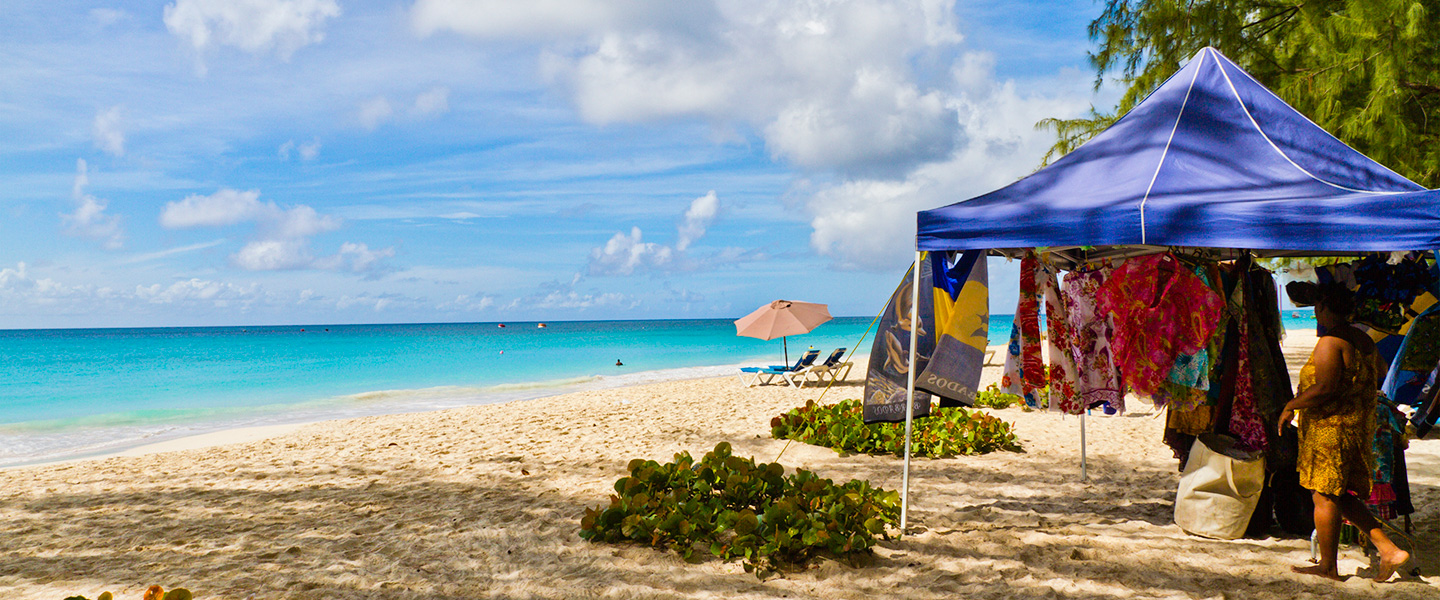
In the Caribbean, where tourism drives the economy and the tension between the desire for development and the need to protect resources is ongoing, we led a consortium of businesses, destinations, donors, regional organizations and nonprofits — all with a vested interested in maintaining and restoring the region’s natural, cultural...
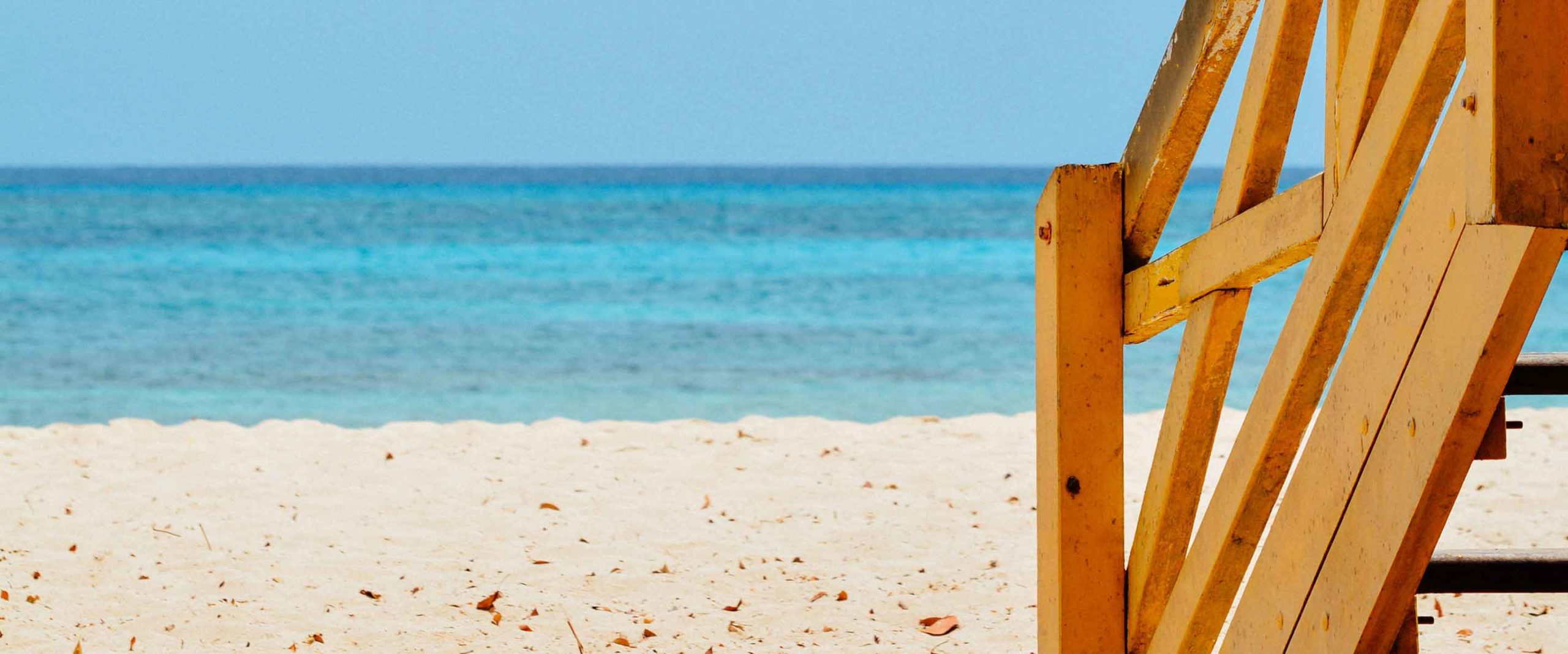
A small island developing state located in the Caribbean, Barbados is an increasingly popular tourist destination. In 2015, the island received over 1.3 million visitor arrivals. While this growing visitation brings added economic benefits for island residents, it also results in environmental and waste management concerns. As is a common...